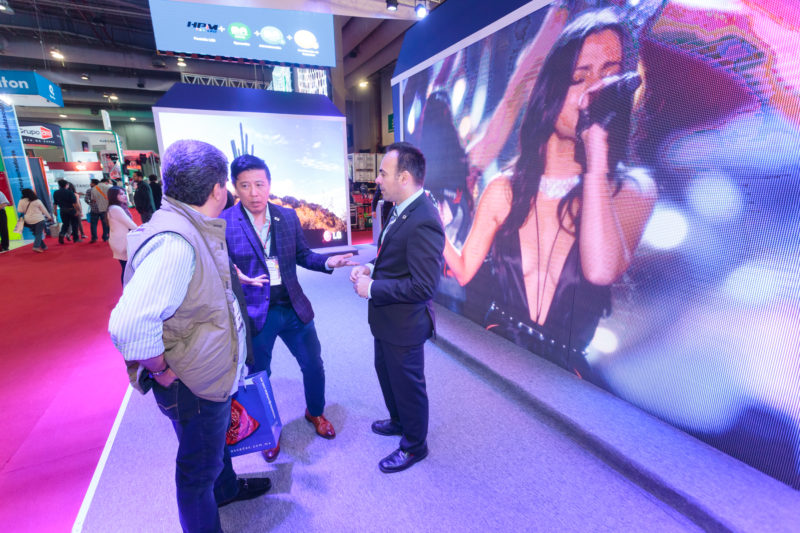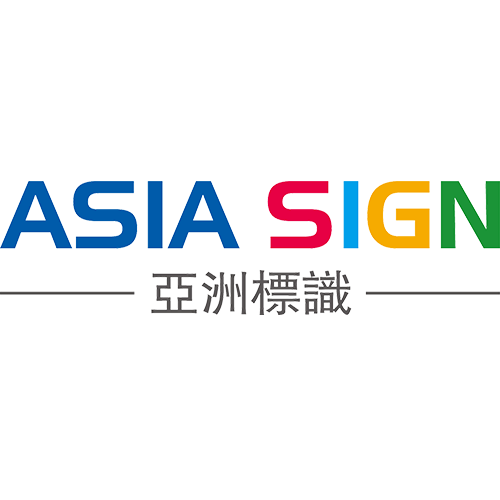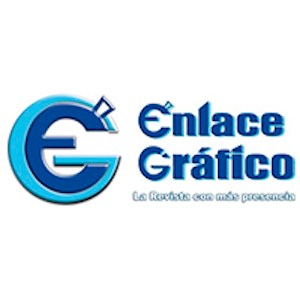BASIC ELEMENTS IN ORDER TO CREATE AN ADVERTISING EVENT SUCCESSFULLY
A public event is a strategy that pretends to perform an event to advertise a brand, product or service, giving to whoever attends to these events a unique experience and make them identify with product or service that is being advertised.
How to realize an advertising event successfully?
In order to create an advertising event that can reach the success and benefits wanted is important to establish from the beginning the purposes that you want to achieve with these kinds of events, and determinate a response between the event and the clients, suppliers and employees of the company.
Another main point is to advertise the event through ads or press releases, in order to have a better presence in the market; besides the publicity of the own company inside event, that is to say, at the finish of the event the persons who attended have something physical to take home as a remember or to share with somebody else.
Also is important to follow the results of the event once it is finished, for example, take a re-count of the number of assistants, how many brochures they have given, etc. And in that way, you could evaluate the investment, the impact and the success of your event.

This kind of marketing also has as a purpose to build a more dynamic communication between the suppliers and the clients who attend the event, besides that this would help to elevate the company’s compromise with the staff who is participating. According to an inquiry realized by the CMO Council, through Statista, the 47% of the companies and brands indicated that the more effective ways to generate demand in the market are through this kind of advertising events.
In other information, provided by the BtoB State of Event Marketing, it is mentioned that the principal reasons that encourage companies to organize an advertising event are exactly to generate leads (83%), increase the engagement with the client (72%), strengthen and build a brand (72%), educate and teach the client (57%), and finally, generate demand (46%).
















